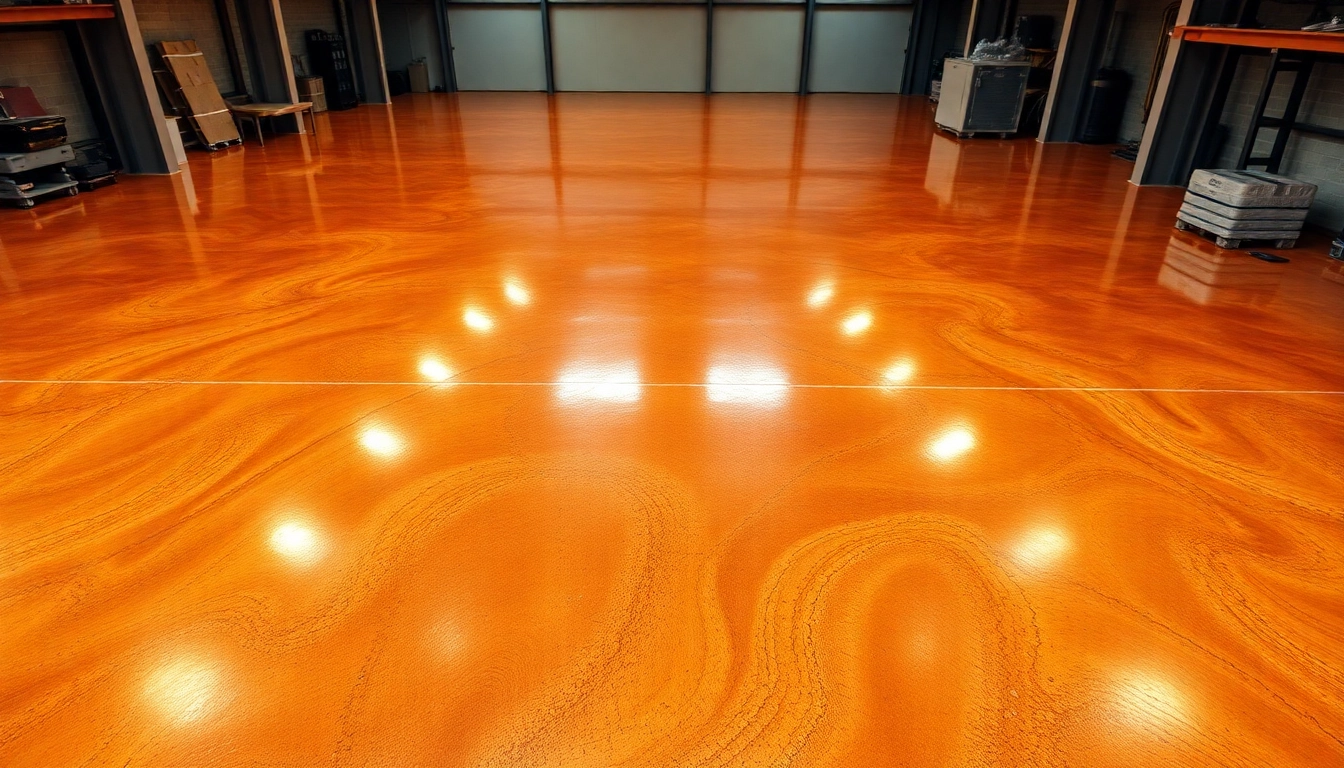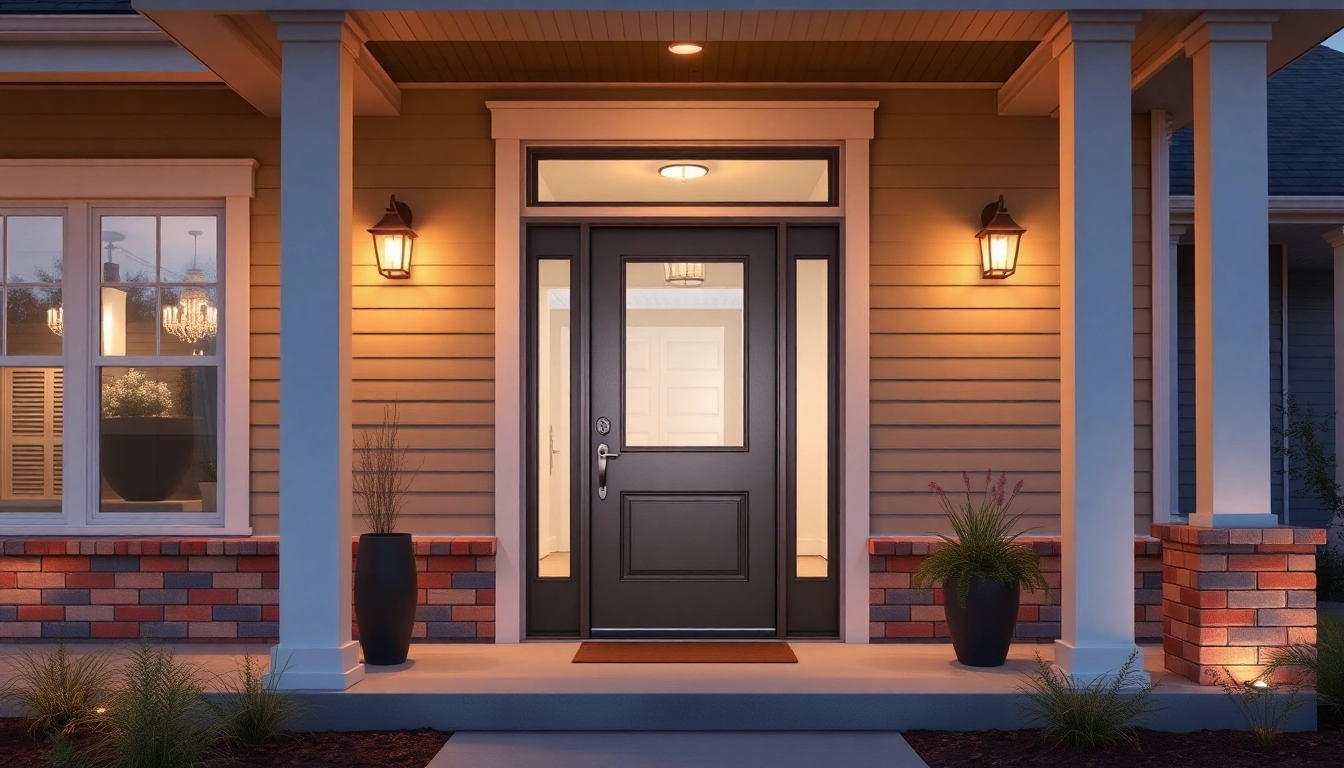Understanding Restauro Tappeti Milano: Techniques and Benefits
In the vibrant city of Milan, where art, history, and craftsmanship intertwine, preserving cultural heritage extends beyond paintings and sculptures to include exquisite textiles such as antique and modern rugs. The practice of Restauro Tappeti milano plays a vital role in safeguarding the beauty, value, and longevity of these intricate works. Whether it’s a centuries-old Persian rug or a contemporary masterpiece, professional restoration ensures these artifacts continue to adorn homes and galleries for generations. This article delves into the world of rug restoration in Milan, exploring techniques, benefits, selection criteria, and success stories that highlight the city’s dedication to craftsmanship.
Historical importance of rug restoration in Milan
Milan’s rich cultural tapestry is deeply connected to its history of art and craftsmanship. Throughout centuries, the city has been a hub for artisans specialized in textile preservation. Rug restoration in Milan is not merely a technical task but a historical mission. Restoring antique rugs helps conserve the city’s unique heritage, retaining the stories woven into each fiber and knot. These rugs, often imported from Persia, Turkey, and other Eastern regions, embody centuries of tradition and artistry. Restoring them keeps these legacies alive, ensuring that Milan remains a center for the appreciation and preservation of ancestral craftsmanship.
Core techniques used in professional restauro Tappeti Milano
Professional restoration in Milan relies on a combination of traditional craftsmanship and modern technology. The main techniques include:
- Cleaning and Stain Removal: Using gentle, pH-balanced solutions to remove dirt, grime, and stains without damaging delicate fibers.
- Reweaving and Knot Repair: Meticulously reweaving damaged areas and replacing missing knots with matching materials to restore structural integrity.
- Color Stabilization and Dye Repair: Correcting fading and discoloration through careful dye matching and stabilization to preserve original hues.
- Fringe and Edge Repair: Reinforcing or replacing worn fringes and edges to prevent further fraying and damage.
- Backing and Support: Applying specialized backing materials to strengthen weak rugs and prevent future deterioration.
These techniques are complemented by skilled craftsmanship and attention to detail, ensuring that the restored rug maintains its authenticity and aesthetic appeal.
How restoration prolongs the life and enhances value
Proper restoration extends the lifespan of fine rugs, transforming fragile or damaged pieces into vibrant, durable artworks. By addressing issues such as tears, fraying, color fading, or moth damage, restoration prevents further deterioration, saving the rug from premature abandonment or disposal. Additionally, restored rugs often see a significant increase in value, especially for collectors or investors, as they return to their original magnificence and structural soundness. In essence, professional restoration not only preserves history but also enhances the monetary and aesthetic value of the piece, making it a worthwhile investment.
Choosing the Right Restauro Tappeti Milano Service
Key factors to consider when selecting a restoration provider
Selecting a reputable restoration service in Milan requires careful evaluation. Key factors include:
- Experience and Expertise: Look for vendors with decades of specialized experience in antique and modern rug restoration.
- Certification and Certification: Ensure technicians hold certifications from recognized textile or conservation associations.
- Transparency and Documentation: Trustworthy providers offer thorough assessments, detailed proposals, and before-after photos.
- Customer Reviews and References: Reading feedback and requesting references can provide insights into their reliability and quality.
- Guarantees and Warranties: Opt for services that stand behind their work with warranties on repairs and color stabilization.
Assessing experience and certifications of restoration experts
The backbone of successful restoration lies in the expertise of the craftsmen. Milan hosts numerous ateliers staffed by technicians trained in conservation protocols and skilled in traditional techniques. Certifications from bodies like the Institute of Conservation or specialized textile organizations attest to their professionalism. Experienced restorers possess an eye for detail and a deep understanding of fiber chemistry, dyeing techniques, and damage repair. Visiting their workshops, reviewing portfolios, and verifying credentials are essential steps before entrusting your valuable rug to their care.
Cost considerations and typical pricing ranges in Milan
Restoration costs can vary widely based on the rug’s size, age, material, extent of damage, and complexity of required techniques. Generally, prices range from as low as €50 for simple cleaning and minor repairs to over €1,000 for extensive restoration of antique, heavily damaged pieces. Milan’s market is competitive, but quality craftsmanship justifies a higher price point. It is advisable to request detailed estimates and compare services to ensure excellent value. Keep in mind that investing in professional restoration preserves your rug’s beauty and long-term worth.
Step-by-Step Process of Restauro Tappeti Milano Explained
Initial evaluation and damage assessment
The restoration journey begins with a comprehensive evaluation by experts. They assess fiber condition, dye stability, structural integrity, and identify specific damages such as tears, stains, or fraying. This diagnostic phase involves visual inspection, chemical analysis, and sometimes microscopic examination to determine appropriate techniques and prioritize interventions. Proper assessment ensures that every aspect of the rug’s preservation is addressed systematically.
Cleaning, repairing and dye stabilization techniques
Following evaluation, cleaning is performed using gentle solutions tailored to the rug’s materials. For repairs, damaged areas undergo reweaving or patching with fibers that match in texture and color. Dye stabilization involves carefully re-dyeing faded areas or applying color fasteners to prevent future fading. These processes demand precision, patience, and mastery to restore the rug’s vibrant appearance while maintaining authenticity.
Final finishing and quality assurance procedures
The final steps focus on finishing touches such as re-fringing, edge reinforcement, and applying protective coatings. Quality assurance involves inspecting the repaired sections, ensuring color consistency, and testing durability. Restorers document the work done, providing clients with detailed reports and maintenance advice. This meticulous process guarantees that the restored rug meets both aesthetic and functional standards.
Maintaining and Caring for Restored Tappeti in Milan
Best practices for daily and seasonal upkeep
To keep your restored rug in optimal condition, regular vacuuming with a gentle brush is essential, avoiding harsh beatings or vacuum heads with beater bars that could damage fibers. Rotate the rug seasonally to prevent uneven wear and avoid exposure to direct sunlight, which can fade dyes. Immediate spot cleaning with mild detergent and prompt attention to spills preserve freshness and color vibrancy.
How to prevent future damages and wear
Prevention is key. Use rug pads to reduce friction and prevent slipping, especially on hardwood floors. Keep pets with trimmed nails and avoid placing sharp objects on delicate areas. Regular professional cleaning and inspections help detect early signs of deterioration. Investing in protective coverings during harsh weather seasons offers additional safeguard.
Expert tips on extending the lifespan of your restored rug
Experts recommend maintaining an optimal indoor environment with controlled humidity and temperature. Avoid placing rugs near heat sources or air conditioners that can cause fibers to shrink or expand. If accidental damage occurs, seek prompt professional advice to address issues before they worsen. Proper care and periodic expert assessments substantially extend the life of your valuable restoration investment.
Success Stories and Expert Tips for Tappeti Restauro in Milan
Case studies of stunning restorations in Milan
Several Milan-based restoration projects exemplify excellence. For instance, a centuries-old Persian Tabriz rug, compromised by moth damage and fading, was expertly cleaned, reweaved, and color-restabilized, returning it to museum-quality condition. Such success stories underscore the importance of choosing skilled artisans and bespoke techniques tailored to each piece’s unique needs.
Common challenges and expert solutions
Challenges often involve inconsistent dyes, fiber fragility, and extensive structural damage. Experts address these issues by sourcing matching original fibers, employing advanced dye-repair methods, and utilizing modern backing materials for reinforcement. Transparent communication and adaptive approaches ensure restoration results respect the artifact’s historical integrity.
How regular maintenance supports long-term preservation
Continuous care complements restoration efforts. Scheduled professional cleanings, inspections, and minor touch-ups prevent deterioration, preserving both appearance and structure. Educating owners on proper care routines empowers them to maintain the rug’s beauty while safeguarding its historical and monetary value.



